I try to write my posts as unbiased as possible and recommend the products I consider to be useful and the best. I use affiliate links, this means that–at no extra cost to you–I can make a commission on a purchase you make after clicking on them. As an Amazon Associate I earn from qualifying purchases.
Control Dog Aggression Over Toys
Control dog aggression over toys with positive and effective methods. Is your dog growling and snarling when you try to take his toys away? Do you see dog dog aggression over a toy in your household?
This type of aggressive dog behavior is often called Resource Guarding. It happens a lot with toys and other valuable items the dog has stolen (such as laundry, toilet paper, etc.). Hounds can also guard their territory, food bowl and even their owners.
A note of caution about dog aggression over toys
If you have never done any canine obedience training, you will need to first learn about positive methods, dog body language and a little bit of dog psychology. The main Resource Guarding in dogs article will help you accomplish this.
Even though you will find a lot of advice and step-by-step guides in this website, resource guarding in dogs can be a dangerous issue. Therefore, I highly recommend you find a certified dog trainer to safely help you. Having one-on-one help can be priceless to learn how to act and react to your pet.
Lastly, I want you to understand that this is NOT an issue of dominance. Your pooch is probably stressed and growling when someone tries to take his toy away is how he deals with it. Be a confident leader to your dog and never use punishment!
Solving dog aggression over toys summary steps
1- Start training your hound, preferably using clicker training. Teach him basic dog commands like sit, down and stay, permission, and leave-it.
2- Take away anything around the house that triggers guarding in your pet: any toys or food item like rawhide, stuffed Kongs, etc. If your pet usually steals certain things like toilet paper and laundry make sure you keep those place out of bounds. Keep bathroom doors closed and laundry behind looked doors as well. If you have kids and your pet steals their toys, keep your kids room closed or get a container with a lid to keep the toys inside. The idea is to make sure there is nothing around that will trigger your dog aggression over toys. This can set you back during training.
3- We will use Systematic desensitization and Counterconditioning combined to help your pet feel more secure and relaxed.
4- You will start the training yourself, but eventually you will need every member of the family and even distant family and friends to help you as well.
5- Great games to play with your dog or puppy are Fetch and Retrieve. Also the commands Take-it/Drop it should be taught.
6- If your dog shows dog - dog aggression over toys, eventually you will need to work on this too. The idea will be to reward your pet ONLY if he shows calm body signs when approached by this other animal.
 |
Click to Calm is an excellent book to help your aggressive dog. It teaches you how to use clicker training to reward calm and friendly reactions. Highly recommended! |
Treating dog aggression over toys Step-by-Step guide
This is a sample step-by-step-guide to solve dog aggression over toys, you will most likely need to change it depending on your situation. I want to give you an idea of how to approach the problem but you will adapt it to your particular case.
If you think your dog might bite you, please wear protective gloves or have your dog wear a muzzle in the beginning. Better yet get the help of a certified dog trainer. There is always a risk of injury when training animals and you assume all responsibility, please read the full disclaimer.
Dog aggression over toys training STAGE 1:
Goal: to be able to walk towards ( FROM different directions and distances) your hound (while he has an object that does NOT trigger aggression) take it away for 1 second, give it back and walk away without your dog growling, barking, snapping, freezing or showing any signs of stress. Instead your dog should be relaxed and even excited and eager for you to approach.
These special treats should ONLY come out when doing toy guarding exercises. Do not use them in any other occasion!
 |
Dogs LOVE liver treats. These are natural and dried, so they won't be messy. Highly Recommended! |
What you will need: an item that does not trigger guarding in your pet (a toy he is not crazy about, a piece of paper, kitchen towel anything your dog doesn't feel he has to guard), regular kibble and the best dog treats you can get (that your dog will go nuts about).
Set up: The idea is to create a situation similar to what triggers your dog aggression over a toy but that WILL NOT make your pet growl or bark at you. Before you can advance to the next step, your dog should look relaxed and even happy.
- Give your pet the low value object or toy. Place yourself as far as you need until your pet is not growling or barking (6 to 10 feet).
- Walk towards your hound, take the item away for 1 brief second, give your furry friend a treat immediately (you should have it with you and ready to toss. Then (an only then) give the toy back and leave. If your dog doesn't let you take the toy away, try trading it for a piece of this great yummy treat. Let him smell it and as soon as he seems interested take his toy and give them treat. IN THAT ORDER.
- Repeat this many times, until your canine friend starts changing his attitude and instead of growling he is now quite eager for you to approach (since you are tossing treats every time!).
- Now start randomly mixing treats and regular kibble. So, sometime you will toss a piece of kibble and sometimes the yummy treat.
- Finally, start mixing kibble, treats and nothing. Sometimes you will toss kibble, sometimes a yummy dog treat and sometimes nothing at all (just take the toy for ascend, give it back and leave). Do this in a random manner so your pet cannot predict what is coming.
- Repeat steps 1- 6 but approaching from different distances and directions. (1, 10, 20, 30 feet away, from another room of the house, mix it all up)
Do 30 min training sessions (daily) of these dog aggression over toys program. You will be walking towards and away your pet many times, so you can vary the pauses between trials too (instead of doing them one after the other, take a few seconds to several minutes sometimes).
You are ready to move on to the next step if your dog is completely relaxed when you approached him with an item he is not guarding, take it away, give him a treat treat (kibble or nothing) and walk away. This done from many distances, directions, and with different break times between trials.
Dog aggression over toys training STAGE 2:
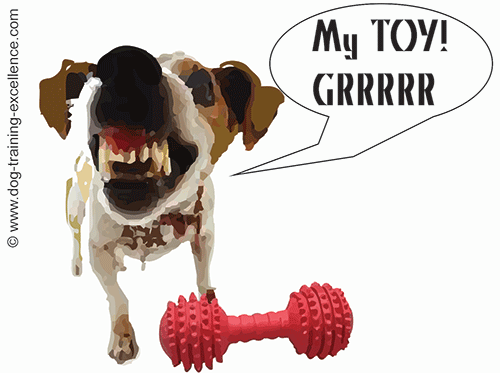
Goal: Now you will teach him the same but right after you hand him the object. You should be able to walk to your canine friend, give him an object you know he won't guard, walk away and come back to take toy away (give a treat). No possessive aggression in dogs should be seen. Instead your dog should be relaxed and even excited and eager for you to approach.
- Approach your pet, bend down and give him the item (that you know he WON'T guard). As soon as he takes it, take it away, give him a treat and repeat repeat repeat!
- Mix treats, kibble and nothing just like before.
- Approach from different distances and directions. Also vary the pauses between trials.
- Repeat steps 1-3 but letting your dog have the item for 2 seconds. Then 5, 10, 20 etc. (always mix the times randomly so your pooch can't predict what it's coming).
- Repeat steps 1-4 but now you will also walk away after you give him the object. Then come back, take it away, give him a treat and so on.
It is very important that you start with #1 when you add a new difficulty (for example you were working on time and now you are going to add distance), no matter how easy or simple you think it is. You WANT your pet to succeed on each step. If you never see any signs of fear or aggression along the way, then you are moving along at the perfect speed. If your dog shows any aggression, then you need to move more slowly.
You are ready to move on to the next step if your canine friend is completely relaxed when you approached him, give him an item/toy, walk away (to another room) and wait for 30 seconds, come back and take the object away. Always mixing up distance, duration and direction.
Dog aggression over toys training STAGE 3:
Goal: To walk towards your pet, give him an item (that you know he won't guard), pet him while he has the object, take it away (and give him treat). All this with different durations, distances and directions. You shouldn't see any aggressive dog behavior.
You are getting the idea, right?…we are adding different difficulties one at a time, going SLOWLY is the key to this method! Stay patient.
Repeat the steps in STAGE 2 but now add PATTING in the head or back too.
IMPORTANT: If your dog doesn't like to be petted, than you MUST train him to be handled and touch before you can do this. Work on socialization too.
The number of times you need to repeat each step depends entirely on how your dog is reacting. If he is calm and happy, move on to the next step, if not keep repeating the same step or even step back a little. You will need LOTS of repetition in the beginning, so just be patient. If at any point your dog shows overt signs of aggression (barking or growling) you need to step back.
Dog aggression over toys training STAGE 4:
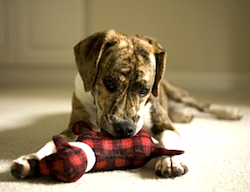
Now you will actually repeat Training STAGES 1-3 but with an object your dog DOES guard (He will show some possessive signs, not full aggression) It has to be a low value object though. Do not start with his favorite toy!
It is important that you have an idea of the value of each item and organize them in order because the next STAGES are all about repeating STAGES 1-3 but with increasingly valuable objects.
For example, from less valuable to more valuable:
STAGE 4: repeat STAGES 1-3 with Toilet paper
STAGE 5: repeat STAGES 1-3 with a Sock
STAGE 6: repeat STAGES 1-3 with an old plush toy
STAGE 7: repeat STAGES 1-3 with old squeaky toy
STAGE 8: repeat STAGES 1-3 with ball
STAGE 9: repeat STAGES 1-3 with stolen item
STAGE 10: repeat STAGES 1-3 with favorite toy
STAGE 11: repeat STAGES 1-3 with new toy
Of course your list might look differently, it's OK as long as YOU KNOW what to use first (least valuable item) and what to use last (favorite or new dog toy).
If your dog is likely to bite please do all of the above steps with a muzzle and then do them ALL OVER AGAIN without it. Be aware that dogs can bite when stressed so all measures of security should be taken.
Will solving dog aggression over toys take forever?
Not necessarily, the good news is that the more you practice, the better your hound will get and the faster he will move on. For example, when you first started with Training STAGE 1 it might have taken you a week or two until you were able to move on to STAGE 2. But on STAGE 5-6 you will be able to move much faster because your pet will know how the game goes! Don't rush it though, slow is always better.
Dog aggression over toys training STAGE 5:
Repeat Training STAGES 1-11 with a different family member. Maybe your spouse or an older child that can follow these steps carefully.
If your dog shows dog dog aggression over a toy, then you need to work similarly with both hounds. What I recommend is that your Click and Treat any good body language (like calming signals, relaxed postures or play behavior).
Then do it with someone else…at least 3 different people. The more the merrier! And...yes...you HAVE TO start from STAGE 1...all over again, it's a new person after all!
Dog aggression over toys training STAGE 6:
Your hound should be doing great by now. All you need to do from now on is once in a while take his toy away, give him a treat a give him the toy back. Randomly mix duration, distance, toys, treats, people, everything you did above. You do not need to do this every day anymore, just once in a while to make sure thing are OK.
Hope this example helps you create a plan for your own dog. If you have any questions or would like to tell us how things are going please fill out the form in this link!
Home > Resource Guarding > Resource Guarding over Toys
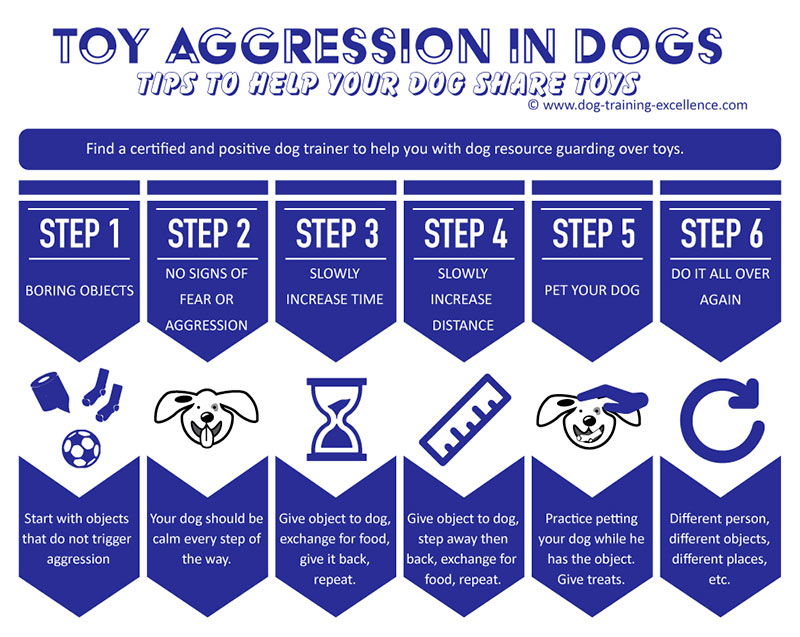

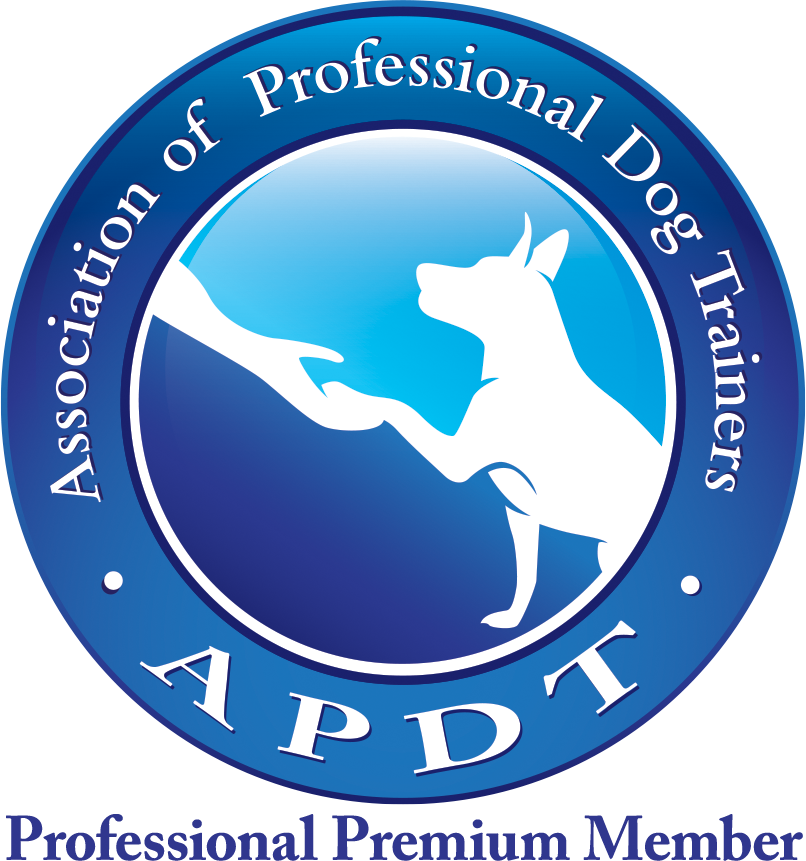
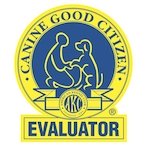
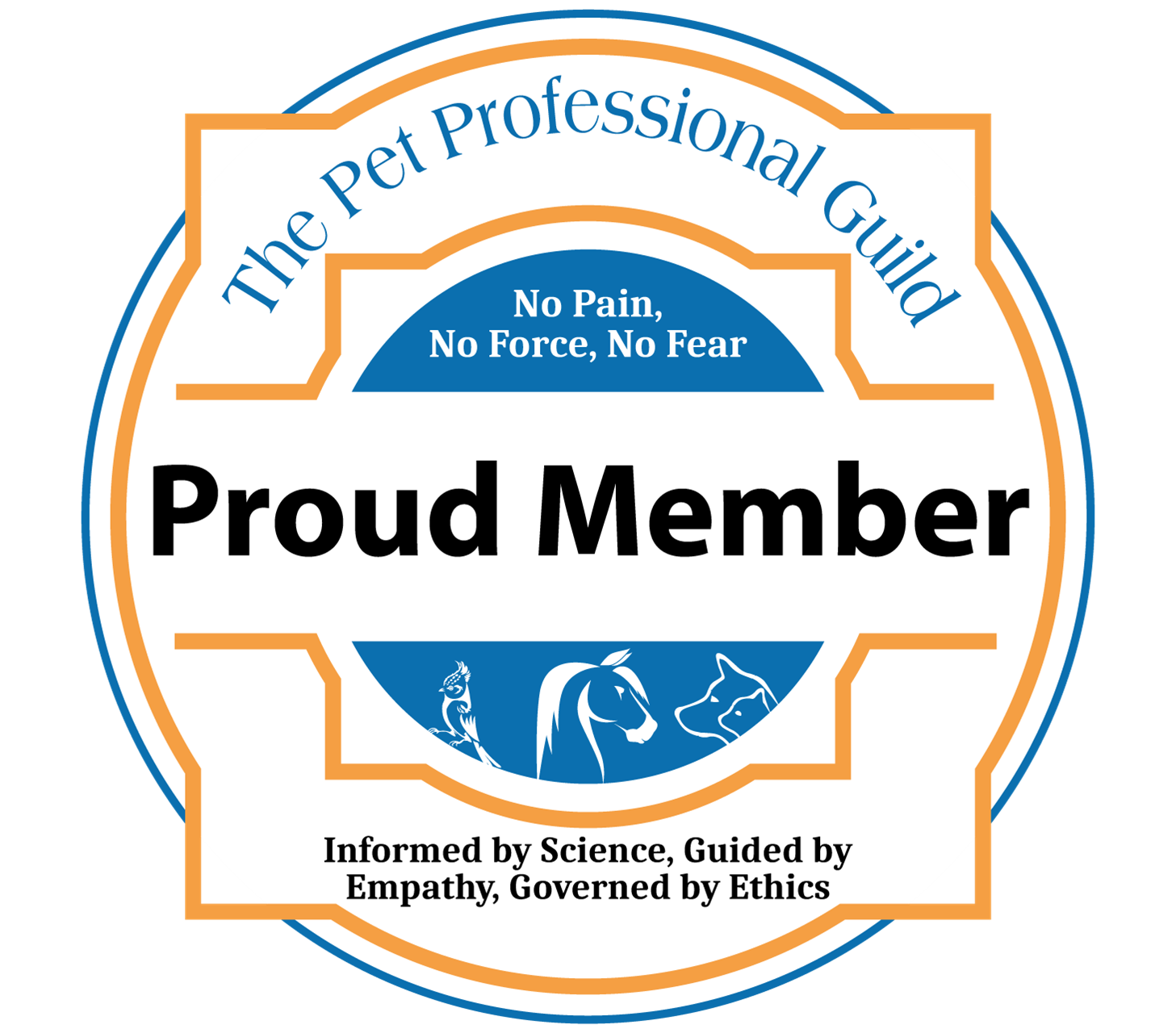
New! Comments
Questions? Anecdotes? Tips? Leave me a comment in the box below.